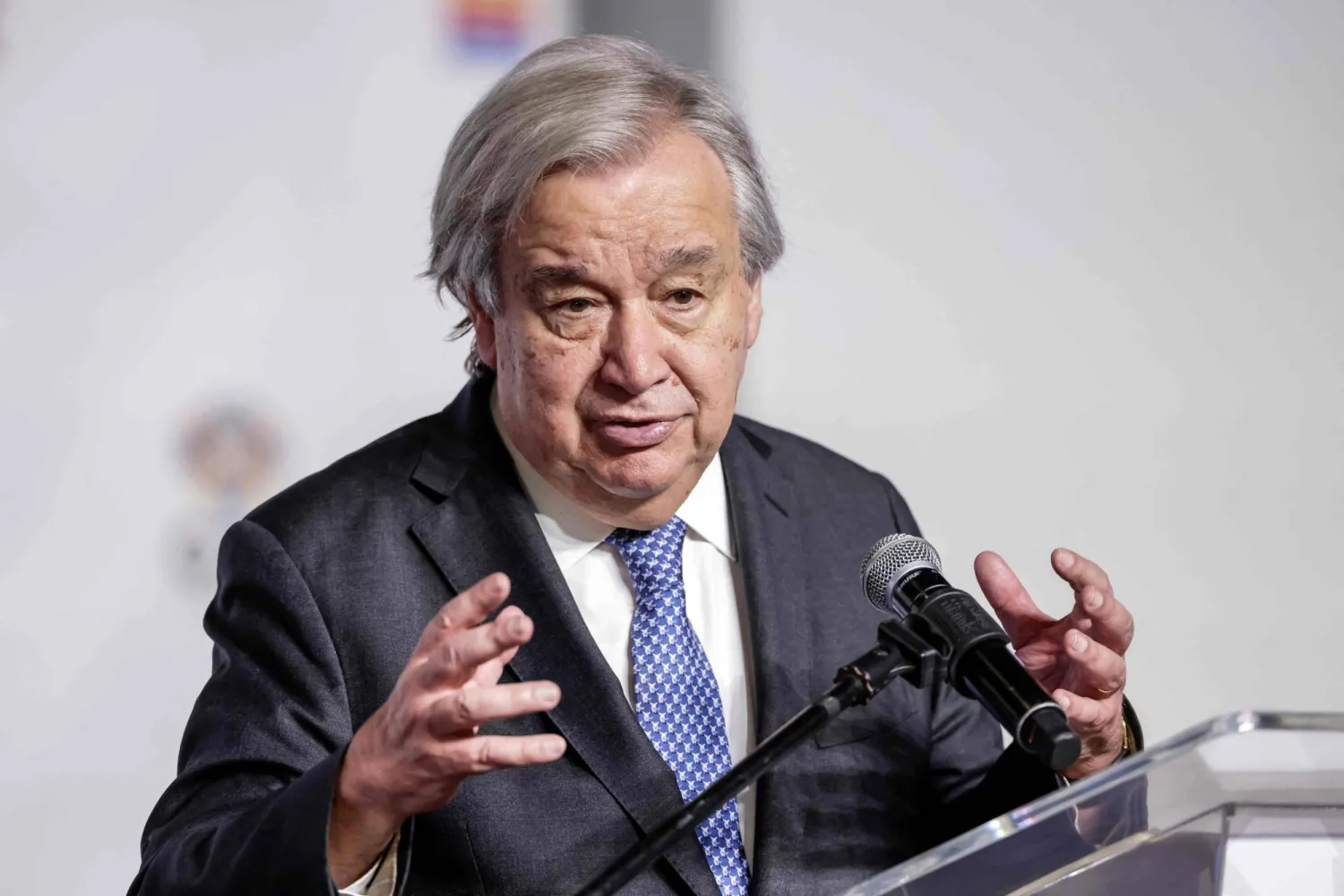Iraqi intelligence, led by Prime Minister Mustafa al-Kadhimi, on Monday slammed “harmful” statements made by a militia leader who accused the service of becoming run by a foreign security team.
Qais al-Khazali, Secretary-General of the Iranian-backed militia Asaib Ahl al-Haq, claimed in a tweet on Sunday that he had reliable information that Iraq had brought in an Emirati security team to manage the Iraqi National Intelligence Service, after the transfer of 300 members of the intelligence service, including officers, to the border authority.
Without naming Khazali, the intelligence service hit back at what they labeled as misinformation.
“The Iraqi National Intelligence Service regrets that it has to respond and clarify such unjust accusations from some political and media groups based on completely false information,” read a statement from the service released on Monday.
The service also affirmed it will be reserving its legal right to sue any party seeking to undermine the integrity of its affiliates.
Headed by Kadhimi, the service stated that the unfair statements are “harmful for the reputation of the agency and the patriotism of its officers and employees.”
The statement added that the administrative procedure of transferring the members was in response to the request of the Border Ports Committee, which needs the support of more security staff.
“Human resources at the Iraqi National Intelligence Service play a major role in earning national respect for the agency’s civility, discipline, professionalism, and patriotism,” national security expert Hussein Allawi told Asharq Al-Awsat.
He added that the service undertakes high-performance tasks such as combating espionage, confronting subversive groups that threaten national security, dismantling terrorist groups, and fighting organized crime.
“One of the primary tasks of the service is to face foreign threats,” noted Allawi.
More so, Allawi explained that the service is responsible for protecting Iraqi diplomatic cables and ensure the safety and smooth flow of civil and military missions carried abroad.
“Relocating members of the intelligence service to the border authority fulfills the national mission for protecting and developing border crossings, which are a vital part of Iraq’s security,” he said.









